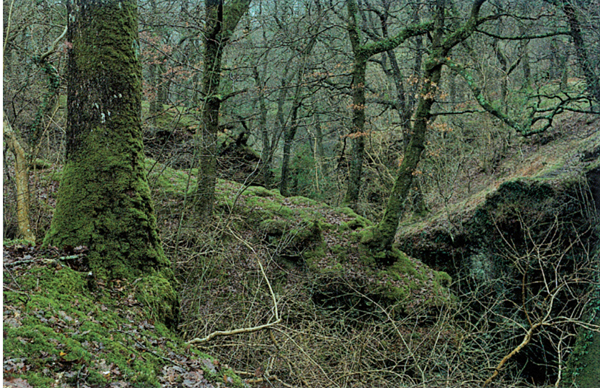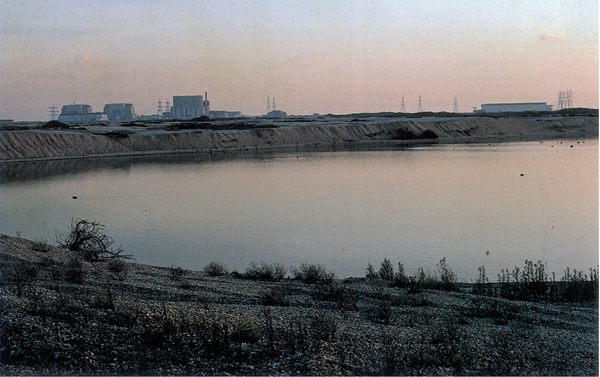
Plate 1 Beinn Eighe in Wester Ross, Britain’s first National Nature Reserve. His orders had been to bid for the small native pine wood, but the Nature Conservancy agent got carried away. (Derek Ratcliffe)

Plate 1 Beinn Eighe in Wester Ross, Britain’s first National Nature Reserve. His orders had been to bid for the small native pine wood, but the Nature Conservancy agent got carried away. (Derek Ratcliffe)

Plate 2 Remote country. The high tops of Ben Avon in the eastern Cairngorms, an arctic desert of granite and three-leaved rush. (PRM)

Plate 3 The hills of Glencoe as seen from a bog pool on Rannoch Moor. A seemingly primeval scene, but hulks of oak trees lie entombed in the peat, and the bare hills once wore a scrubby apron of birch and willow. (Derek Ratcliffe)

Plate 4 The Sutherland ‘flow country’ of peat pools and mosses: one of the world’s largest blanket bogs. Ben Griam Beg in the distance. (Natural Image/Bob Gibbons)

Plate 5 Contrasting fates for limestone pavement: in the foreground, a nature reserve (Clawthorpe Fell NNR), in the background, a quarry. (English Nature/Peter Wakely)

Plate 6 Natural woodland: the interior of a native pine wood at Abernethy, with its lush understorey of blaeberry, cowberry and juniper. Each tree is a distinct individual, suggesting wide genetic diversity and consequent resistance to disease and insect attack. The stumps are good for rare flies. (Derek Ratcliffe)

Plate 7 Natural woodland: valley woodland of oak and birch at Ceunant Llenyrch National Nature Reserve in Snowdonia. (Derek Ratcliffe)

In the woodland’s humid interior, a blanket of moss covers boulders, stumps and stream sides. (Derek Ratcliffe)

Plate 8 A quintessential English habitat – a bluebell wood in late April. By great good fortune, bluebell grows better here than anywhere in the world. (English Nature/Peter Wakely)

Plate 9 Wetland: the Insh Marshes, an 850-hectare RSPB reserve of pools, sedge-bed and river shingle in the Spey valley. (English Nature/Peter Wakely)

Plate 10 Minsmere, the RSPB reserve on the Suffolk coast, famous for its marsh harriers, bitterns and other rare birds. In the distance, contending uses of wilderness – Sizewell nuclear power station and the Forestry Commission’s Dulwich Forest. (Natural Image/Peter Wilson)

Plate 11 Dungeness: a unique natural wonder with specialised plants and insects able to live in a desert of shingle, and even a dwarf wood of holly. It was also a handy source of gravel for Britain’s motorway network and a suitably remote place to park another nuclear power station. (Derek Ratcliffe)

Plate 12 North Norfolk dunes and salt marsh at Holkham, part of Britain’s most extensive natural soft shore. (English Nature/Peter Wakely)

Newborough Warren: 2,000 hectares of sand dune and salt marsh facing the Irish Sea on Anglesey. The hills of Snowdonia lie beyond, separated by the Menai Strait. (CCW/Linda Williams)

Plate 13 Upper Teesdale has been called ‘a botanical Mecca’ and ‘England’s arctic outpost’. Here its special ‘sugar limestone’ forms a low scar near the summit of Cronkley Fell. The grass is cropped as close as downland turf by sheep and rabbits. (Derek Ratcliffe)

Another use for a botanical Mecca: flood it with a reservoir to tame the River Tees and help the chemical industries at Teesmouth. (Derek Ratcliffe)

Plate 14 The Muir of Dinnet National Nature Reserve in Royal Deeside: a grouse moor turning into a birch wood. In this part of north-east Scotland the moor is a rich and unusual mixture of heather, bearberry and cowberry, with numerous associated herbs, including wood anemone. The birch woodland, on the other hand, could be anywhere. The process seems inexorable. (PRM)

Plate 15 ‘Natural Areas’ in England: areas of similar landscape and other natural features offered as a framework for conservation policy by English Nature and the Countryside Commission. (© English Nature)

Plate 16 Derek Ratcliffe, the NCC’s chief scientist, about to inspect a merlin’s nest. (Des Thompson)